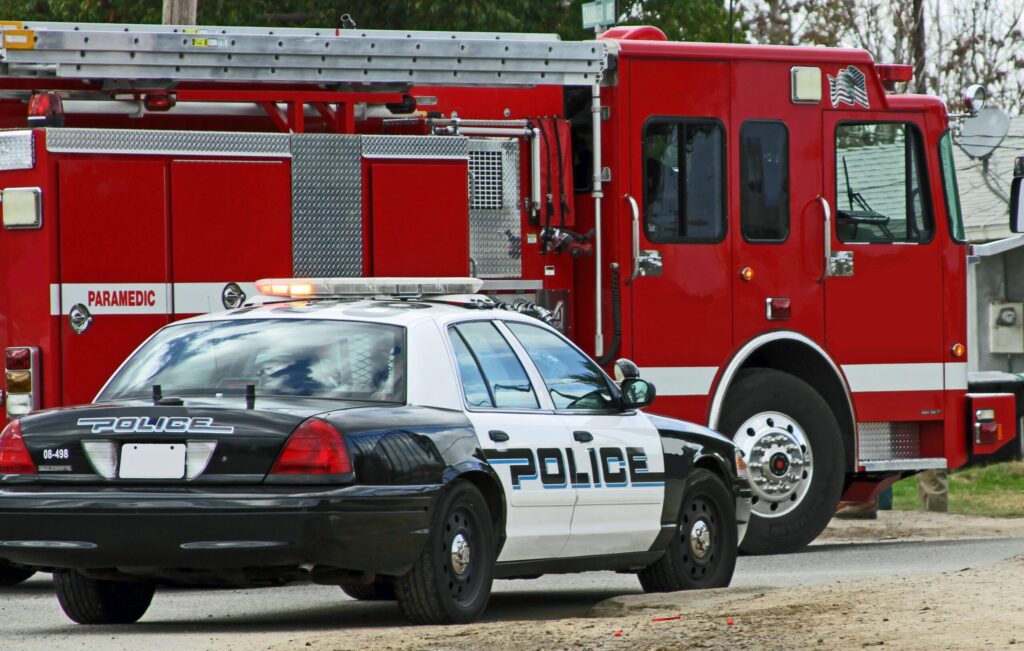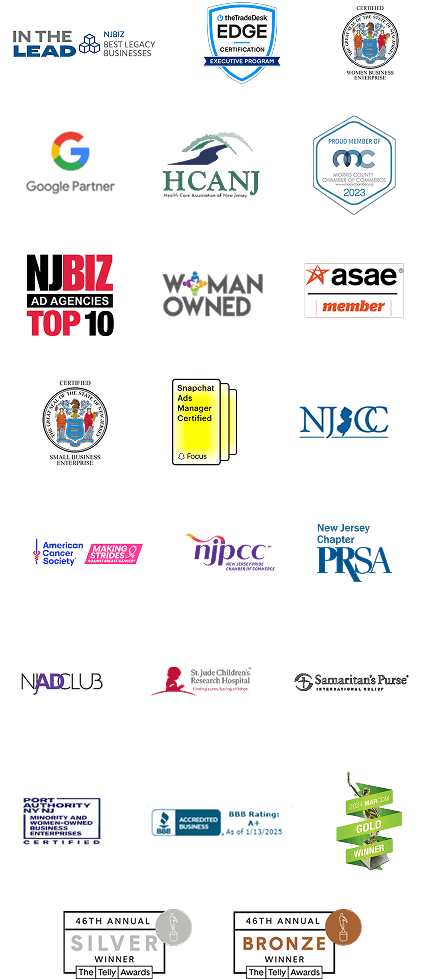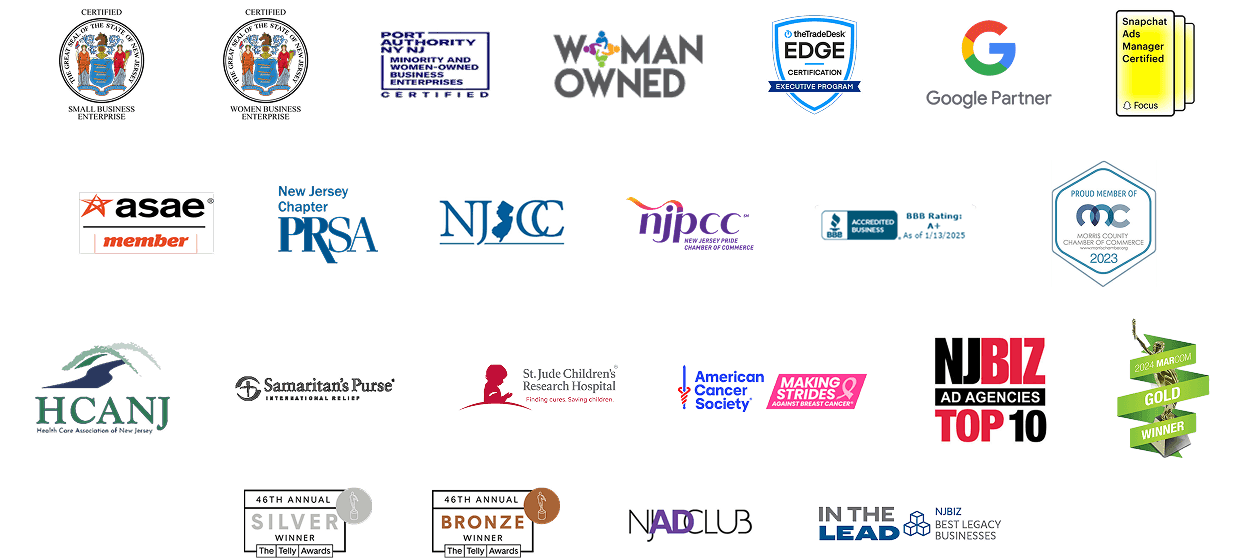Paying It Forward: How Appreciative Thinking Shapes Leadership in the fast-paced world at SCG Advertising and Public Relations

In the fast-paced world of advertising, success often hinges not just on creativity and strategy, but also on the power of appreciative thinking and paying it forward. As the president of SCG Advertising and Public Relations, an ad agency in northern New Jersey, I’ve come to realize the profound impact that a mindset of gratitude and generosity can have on both personal growth and the success of our agency.
Police, First-Responder recruitment – It’s not a job for everyone —

WHIPPANY, NJ and HADDONFIELD, NJ (March 2024) – Law enforcement agencies and departments across the country are finding it increasingly difficult to hire the officers they desperately need. It’s a significant public safety issue, one that’s attracting attention from elected officials, community advocates, and the news media.



